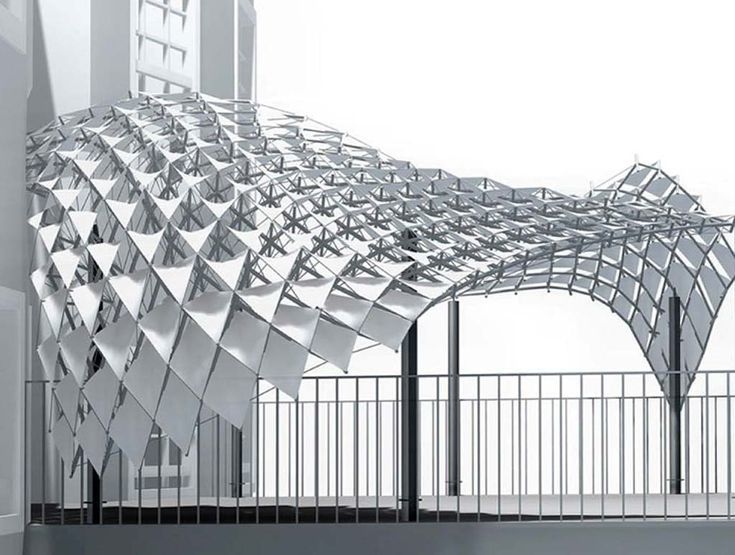
Create an Account
Create an account for powerful AI tools, award-winning courses, and access to our vibrant community.
Already have an account?
Generative design is a conclusive move in toward a unique concept, design, and construction. The ultimate endeavor to understand design automation and optimization delivers a possible solution for architectural construction.

The generative designs in architecture, construction, and engineering are used to modify the structure and building by describing this unique technique. In this case, architects, contractors, and engineers help to cocreate the structures, designs, and construction process. It will help to focus on making successful and reliable projects as a result.
Generative design is the unremitted process of working design, structure, construction materials, evaluated cost, and other data points that evaluates all possible solutions for recreating the framework. The generative design allows architects, contractors, engineers, and builders in the construction process to identify the unique and best design for a building and construction.
It helps to create thousands of designs tests and frameworks for the most optimal solutions for construction. The generation process involves highly adjusting parameters that describe the optimum work model for rapid results.
The alternation in parameters of designs and structure impacts countless other parameters. That help to identify possible solutions. While this generative design process is a cognitive tool to discover more creativity to get the best output.
The construction and architectural industries actively transforming technology with tools like CAD or digitalization to improve outcomes. The contractors have been using digital documents, from using CAD to spreadsheets for digitalization work. But the latest tools scripts to CAD, and macros to spreadsheets could be accessed and manipulated for construction.
Many complex projects have been designed with generative design technology. While the structure of offices and workspaces are the most iconic outcomes by AutoDesk the MaRS innovation District of Toronto.
Accordingly, AutoDesk writes:
“We pushed the generative design’s limits for architecture. We started with high goals and constraints, collected information from managers and employees about work style and location preferences.”
The generative design has the following benefits for construction:
The generative design is now used as cutting-edge technology for building and construction. It helps architects and the construction field, to get maximum outcomes. However, this tool generates possible solutions and ultimate decision making by using technology. The ultimate adoption will help to get shorter and more complex projects easily in a real-life structure that is more efficient and reliable.
References
Generative Design, AI & Architecture | Architecture Design | Blog (greenarchworld.com)
Generative design for architecture, engineering & construction | Autodesk
Western Red Cedar Stack — Architextures
What is Generative Design in Architecture and Construction? (autodesk.com)
Generative Design in Architecture- The Basics (infurnia.com)
Share Post